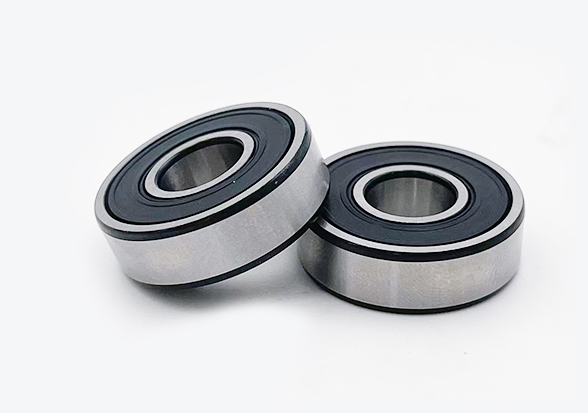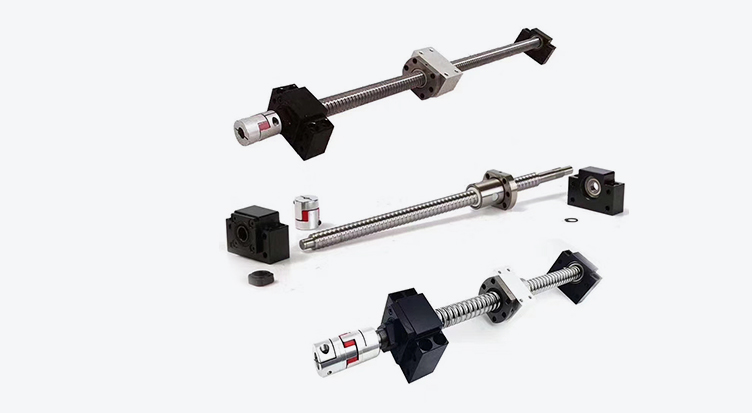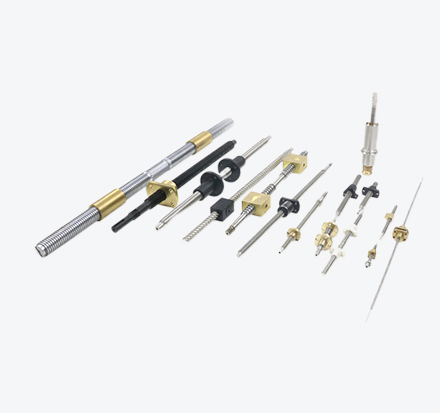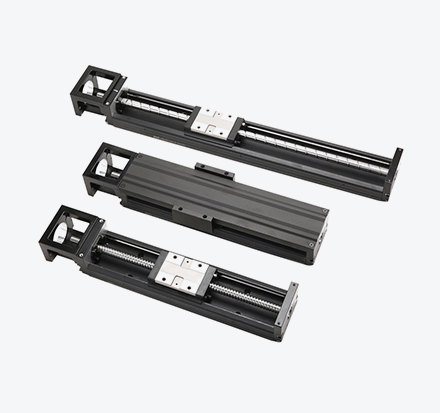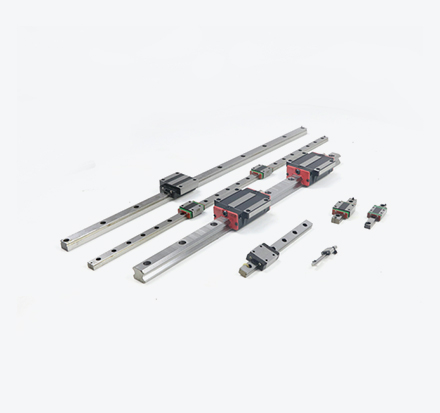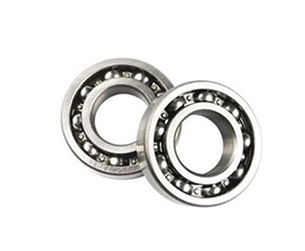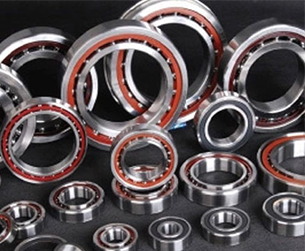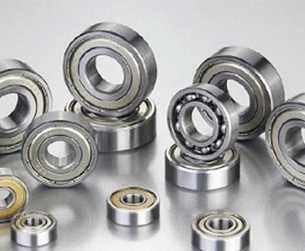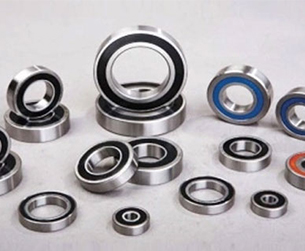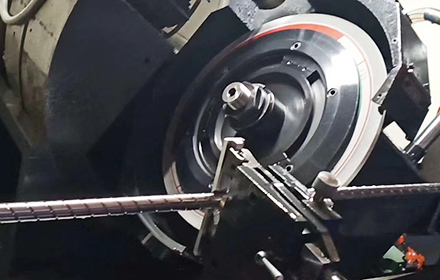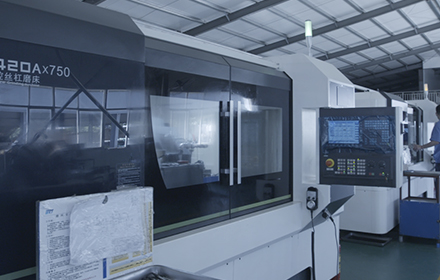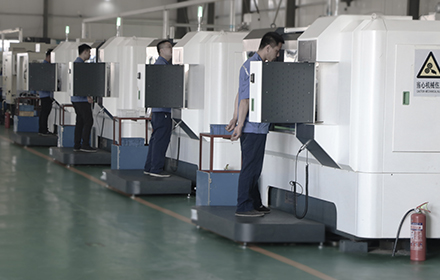As a leading manufacturer in the bearing industry, VXO Angular Contact Ball Bearings Factory takes pride in its commitment to precision engineering and exceptional performance. One of the most commonly debated topics among engineers and industrial professionals is the difference between angular contact bearings and ball bearings. In this comprehensive article, we will delve into the nuances of these bearings, exploring their purpose, design, performance characteristics, applications, and future developments. Understanding these differences will empower businesses and professionals to make informed decisions when selecting bearings for various industrial applications.
Purpose of Using Angular Contact Bearings over Ball Bearings, and Vice Versa
Angular contact bearings and ball bearings are two distinct types of bearings with unique design features, making them suitable for different applications. Angular contact bearings are specifically engineered to handle both axial and radial loads simultaneously, while ball bearings are primarily designed for radial load support. The choice between these two types depends on the nature of the load, the required precision, and the operating conditions of the application.
In applications where both axial and radial loads coexist, angular contact bearings offer superior load distribution and higher load-carrying capacity compared to ball bearings. This makes them well-suited for applications such as machine tools, automotive wheels, and industrial gearboxes. On the other hand, ball bearings excel in applications with predominantly radial loads, such as electric motors, fans, and pumps.
The Influence of Contact Angle on Load-Carrying Capacity and Performance
The contact angle is a key factor in the performance of angular contact bearings. It is the angle formed between the axis of the bearing and a line perpendicular to the bearing's raceway. The contact angle determines the distribution of loads between axial and radial directions. Bearings with larger contact angles offer higher axial load-carrying capacity but may have reduced radial load capacity. Conversely, bearings with smaller contact angles have higher radial load capacity and lower axial load capacity.
Selecting the appropriate contact angle is crucial to optimize the bearing's performance for specific applications. A higher contact angle is preferred when the axial load dominates, while a lower contact angle is suitable for applications requiring more radial load support.
The Working Principle of Angular Contact Bearings and Ball Bearings in Simple Terms
Angular contact bearings and ball bearings operate on the same fundamental principle of reducing friction between rotating elements. The bearings consist of inner and outer races separated by a set of balls, which facilitate smooth rotation. As the inner race rotates, the balls roll between the raceways, minimizing friction and enabling efficient motion.
Angular contact bearings have an inclined raceway design, allowing them to handle both axial and radial loads. Ball bearings, in contrast, have a 0-degree contact angle and are more suitable for applications with primarily radial loads.
Applications Where Angular Contact Bearings Excel Over Ball Bearings
Angular contact bearings find particular significance in applications where both axial and radial loads are present. Industries such as machine tools, automotive, robotics, and industrial equipment heavily rely on angular contact bearings for their ability to handle combined loads with precision and efficiency. For instance, robotic systems demand accurate motion control, and angular contact bearings provide the necessary rigidity and smooth operation for precise movements.
Advantages of Angular Contact Bearings in High-Speed Applications
High-speed applications demand bearings with low friction and excellent heat dissipation capabilities to minimize wear and ensure reliable performance. Angular contact bearings are well-suited for high-speed applications due to their optimized design and low friction characteristics. The contact angle reduces heat generation during high-speed rotation, making them ideal for use in spindles, machine tools, and aerospace applications.
Overcoming Ball Bearings' Limitations in Applications with Combined Loads
Ball bearings have their limitations in handling combined axial and radial loads. In such applications, ball bearings may experience premature wear, increased friction, and reduced efficiency due to the unequal distribution of forces. Angular contact bearings, with their specialized design and contact angle, excel in these scenarios by distributing the loads more evenly, leading to enhanced load-carrying capacity and improved performance.
Precision and Accuracy of Angular Contact Bearings Compared to Ball Bearings
Angular contact bearings are renowned for their precision and accuracy, making them a preferred choice for applications requiring tight tolerances and precise motion control. The contact angle plays a crucial role in achieving this precision. By controlling the contact angle, manufacturers can fine-tune the bearing's performance to meet specific requirements. Ball bearings also offer good precision, but angular contact bearings provide superior performance in critical precision tasks.
Real-World Examples Where Bearing Selection Made a Significant Difference in Performance
Real-world applications illustrate the importance of proper bearing selection for optimal performance and efficiency. In the automotive industry, the choice of angular contact bearings in the wheel hubs ensures smooth rotation, precise steering, and improved handling. Similarly, in aerospace, the selection of angular contact bearings in landing gear assemblies and actuator systems guarantees reliable performance under demanding conditions.
Factors to Consider When Selecting Between Angular Contact Bearings and Ball Bearings
Selecting the right bearing for a specific application involves careful consideration of several factors:
Load Requirements: Evaluate the magnitude and direction of loads that the bearing will encounter in the application.
Speed Requirements: Consider the rotational speed of the application and choose bearings specifically designed for high-speed or low-speed operation.
Precision and Accuracy: Determine the required precision and accuracy needed for the application.
Operating Conditions: Assess the environmental factors such as temperature, humidity, and potential contaminants that may impact the bearing's performance.
Cost: Compare the costs of angular contact bearings and ball bearings and consider the budget constraints for the project.
Comparison of Costs Between Angular Contact Bearings and Ball Bearings
Angular contact bearings are generally more expensive than ball bearings due to their specialized design and capabilities. The higher cost is justified by their ability to handle combined axial and radial loads with precision. However, the overall cost consideration depends on the specific requirements of the application and the benefits gained from using angular contact bearings.
Sealing and Lubrication Options Impacting Performance and Maintenance Requirements
Both angular contact bearings and ball bearings can have various sealing and lubrication options to ensure optimal performance and maintenance. Sealing is critical to prevent contamination and retain lubrication within the bearing. The choice of lubricant is crucial to minimize friction and wear and enhance the bearing's lifespan. Proper sealing and lubrication practices are essential to prolong the bearing's service life and reduce maintenance requirements.
Installation and Mounting Considerations for Angular Contact Bearings and Ball Bearings
The proper installation and mounting of bearings are crucial for ensuring their optimal performance and longevity. It is essential to follow manufacturer guidelines for mounting procedures, bearing preload, and proper axial and radial clearance. This ensures that the bearing operates within its design specifications and minimizes the risk of premature failure.
Contribution to Efficiency and Reliability of Rotating Machinery
Angular contact bearings and ball bearings significantly contribute to the efficiency and reliability of rotating machinery. In machinery and equipment like electric motors, pumps, and gearboxes, ball bearings ensure smooth and efficient rotation, reducing energy consumption and improving overall performance. High Speed Angular Contact Bearing is instrumental in high-speed applications, providing the precision and load-carrying capacity necessary for reliable operation.
Primary Differences in Design and Construction Leading to Distinct Performance Characteristics
The primary differences in design and construction between angular contact bearings and ball bearings arise from the contact angle. Angular contact bearings are engineered with an inclined raceway to handle combined axial and radial loads, while ball bearings feature a 0-degree contact angle, making them ideal for predominantly radial load applications. The contact angle in angular contact bearings results in higher load-carrying capacity and enhanced precision compared to ball bearings.
Understanding Preload and Its Application in Angular Contact Bearings and Ball Bearings
Preload is the application of a slight axial force to eliminate internal clearance within a bearing. Preloading is commonly used in angular contact bearings to enhance their rigidity and eliminate any play, thereby ensuring better control over motion. In ball bearings, preload can be applied to minimize backlash and deflection, improving the repeatability of motion in precision applications.
Handling Misalignments and Implications for Applications
Both angular contact bearings and ball bearings can accommodate some degree of misalignment. Angular contact bearings are more forgiving when it comes to misalignments, thanks to their contact angle, which allows some axial displacement. Ball bearings can also tolerate minor misalignments, but excessive misalignment can lead to increased friction, premature wear, and reduced efficiency.
Temperature and Environmental Conditions Impacting Bearing Selection
The operating temperature and environmental conditions play a vital role in bearing selection. High-temperature environments or applications with extreme temperature variations require bearings with suitable materials and lubricants that can withstand these conditions. In industries with high contamination risks, such as mining or food processing, proper sealing is crucial to protect the bearings from harmful debris.
Common Failure Modes and Issues Associated with Angular Contact Bearings and Ball Bearings
Despite their robust design, both angular contact bearings and ball bearings may encounter various failure modes and issues. Overloading, improper installation, inadequate lubrication, and contamination are common factors contributing to premature bearing failure. Regular maintenance, proper installation practices, and diligent monitoring can help address and prevent these issues, ensuring optimal bearing performance and longevity.
Insights into Maintenance Requirements and Intervals
Regular maintenance is essential to extend the lifespan of bearings and ensure reliable performance. Maintenance requirements and intervals depend on various factors such as application, operating conditions, and bearing type. Regular inspection, lubrication, and replacement of worn bearings are integral to maintaining machinery efficiency and preventing costly breakdowns.
Future Developments and Advancements in Angular Contact Bearings and Ball Bearings
The bearing industry continually strives for innovation and advancements to meet evolving demands. In the future, we can expect developments in bearing materials, lubrication technologies, and sealing mechanisms, all aimed at further enhancing bearing performance, reliability, and lifespan. The integration of smart sensors and condition monitoring systems will enable real-time monitoring of bearing health, facilitating predictive maintenance and minimizing downtime.
VXO Angular Contact Ball Bearing supplier has commitment to precision engineering and exceptional performance. Understanding the differences between angular contact bearings and ball bearings is critical to making informed decisions when selecting bearings for various industrial applications. Each type of bearing offers distinct advantages and performance characteristics, making them suitable for specific load requirements, precision needs, and operating conditions. As technology continues to evolve, we eagerly anticipate future developments in the bearing industry that will further enhance performance and revolutionize the way we approach precision engineering. Trust VXO linear bearing manufacturer to unlock the power of precision engineering in your mechanical systems.
 English
English
